- News
- Reviews
- Bikes
- Components
- Bar tape & grips
- Bottom brackets
- Brake & gear cables
- Brake & STI levers
- Brake pads & spares
- Brakes
- Cassettes & freewheels
- Chains
- Chainsets & chainrings
- Derailleurs - front
- Derailleurs - rear
- Forks
- Gear levers & shifters
- Groupsets
- Handlebars & extensions
- Headsets
- Hubs
- Inner tubes
- Pedals
- Quick releases & skewers
- Saddles
- Seatposts
- Stems
- Wheels
- Tyres
- Tubeless valves
- Accessories
- Accessories - misc
- Computer mounts
- Bags
- Bar ends
- Bike bags & cases
- Bottle cages
- Bottles
- Cameras
- Car racks
- Child seats
- Computers
- Glasses
- GPS units
- Helmets
- Lights - front
- Lights - rear
- Lights - sets
- Locks
- Mirrors
- Mudguards
- Racks
- Pumps & CO2 inflators
- Puncture kits
- Reflectives
- Smart watches
- Stands and racks
- Trailers
- Clothing
- Health, fitness and nutrition
- Tools and workshop
- Miscellaneous
- Buyers Guides
- Features
- Forum
- Recommends
- Podcast
news
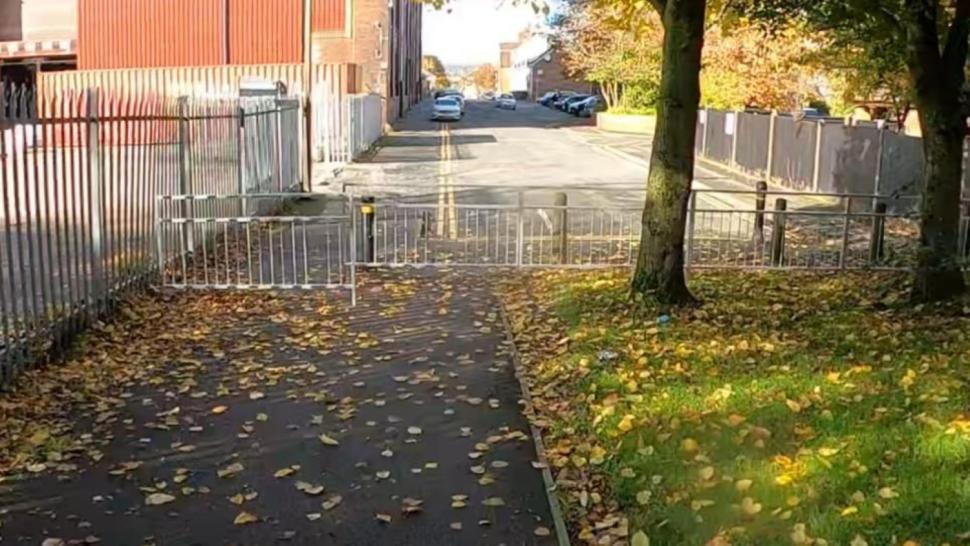 "Discriminatory" barriers (Dr Grahame Cooper/supplied)
"Discriminatory" barriers (Dr Grahame Cooper/supplied)Under-fire council admits "discriminatory" cycle route barriers were installed without equality impact assessment
A council criticised for installing "discriminatory" barriers on a cycling and walking route in Bolton, apparently to prevent anti-social behaviour, has admitted no equality impact assessment was carried out pre-installation but believes it has still acted in accordance with design guidance.
The barriers appeared on Rothwell Street on a cycling and walking route, Bolton Council arguing their installation was a necessary reaction to criminality and people using the route to evade the police. However, cyclist and Bolton Active Travel Forum Technical Review Group member Dr Grahame Cooper, as well as many others, have called the council out for the inadvertent impact such barriers can have on people, particularly those with disabilities who may use an adapted cycle.
"The real issue is that the barriers discriminate against people who use many types of cycle, including adapted cycles for users with disabilities, and the council's failure to follow due process," he told road.cc.
"The Public Sector Equality Duty, placed on public sector bodies by the Equality Act 2010, means that the council is required to assess the impact of the changes on protected groups such as disabled, elderly and pregnant people and record the reasons why the perceived need for the barrier outweighs that duty.
"They have admitted that they have not done that and there is no Equality Impact Assessment. This is particularly important if they are departing from national guidance. Before the barrier was installed, the 3.5-metre-wide path was perfectly adequate for shared cycling and walking use. Now that the barriers are in, there is conflict between the needs of people walking and cycling due to the bottleneck."
The route has also become strewn with litter and broken glass since the barriers were installed, Dr Cooper suggesting it has created a "focal point for anti-social behaviour and littering".
However, of main concern is the inability for many cycle users to still be able to access the route. Explaining the decision to the Bolton News, Bolton Council said the barriers were introduced as a "temporary" measure to tackle "a prolonged period of anti-social behaviour and criminality".
"People were using the route at the end of Rothwell Street to evade police officers," a council spokesperson said.
"Working with Greater Manchester Police, the council installed the temporary barriers at the end of Rothwell Street to assist the police in tackling the anti-social behaviour which was blighting the local community.
"Installing the barriers is not an action taken lightly but there is still access for pedestrians and most cycles and it is expected that the barriers will only be a temporary measure.
"The design guidance for cycle infrastructure states that barriers should only be used if there is 'a persistent and significant problem of antisocial moped or motorcycle access that cannot be controlled through periodic policing' which is the case here."
That final paragraph references the official Department for Transport guidance for local authorities regarding the design of "high-quality, safe cycle infrastructure", but does not mention the fact that in the very next paragraph, the LTN1/20 guidance also states:
Access controls that require the cyclist to dismount or cannot accommodate the cycle design vehicle are not inclusive and should not be used
The council reportedly also confirmed that it had not carried out an equality impact assessment, a process meant to help authorities consider the potential effects of policies, and to make sure they do not discriminate or disadvantage people.
Dr Cooper also tells us he has seen the response to a Freedom of Information request, made to Greater Manchester Police, which asked the force to "provide a copy of advice or communication from 2023" with Bolton Council or relevant councillors relating to the barriers' installation.
"Following receipt of your request searches were conducted within Greater Manchester Police (GMP) to locate the requested information and I can confirm the information requested is not held by GMP," the reply reportedly came.
Dame Sarah Storey, Paralympian-turned-active travel commissioner for Greater Manchester, said she would be working "with the police and local authority to find a long-term solution". Campaign group Walk Ride Greater Manchester warned there are more than 100 similar barriers across Bolton.
Similar cycle lane-blocking barriers have been seen in locations across the country, campaigners and local riders calling on local authorities to remove them to make routes more accessible for all.
In January 2022, York City Council removed the "shameful" barriers that blocked access to a cycle route, while Stockport Council in the same year decided to backtrack on barriers installed to, as in Bolton, combat anti-social behaviour.
Back in September a cyclist in Newcastle sent a legal letter to the council to challenge the lawfulness of barriers on a National Cycle Route which prevent him from accessing the path on his recumbent.
Most bizarrely was the case in Milton Keynes last year which saw ultracycling legend Steve Abraham criticise the local council's move to install bollards on a cycleway as it meant the route was no longer accessible for those using cargo bikes.
The bizarre bit comes from the fact the cargo bikes in question, used by Abraham in his work as a courier, were themselves supplied by the council.
Dan is the road.cc news editor and joined in 2020 having previously written about nearly every other sport under the sun for the Express, and the weird and wonderful world of non-league football for The Non-League Paper. Dan has been at road.cc for four years and mainly writes news and tech articles as well as the occasional feature. He has hopefully kept you entertained on the live blog too.
Never fast enough to take things on the bike too seriously, when he's not working you'll find him exploring the south of England by two wheels at a leisurely weekend pace, or enjoying his favourite Scottish roads when visiting family. Sometimes he'll even load up the bags and ride up the whole way, he's a bit strange like that.
Latest Comments
- NR23Derek 20 min 28 sec ago
The video is there now
- Rendel Harris 14 min 51 sec ago
That little pedal assist that allows people with disabilities and debilitating illnesses to use bikes instead of cars, that allows people who have...
- dubwise 50 min 58 sec ago
I wonder how many of those taking part Drive suv's
- open_roads 1 hour 27 min ago
It's great to see this sort of innovation but it's always worth reminding people who say helmets should be mandatory that most cycling fatalities...
- hawkinspeter 4 hours 2 min ago
I do indeed.
- Jakrayan 4 hours 12 min ago
The article states the toerags were youths, so unfortunately there probably won't be any real punishment. But at least the police are appealing for...
- David9694 4 hours 38 min ago
Residents awoken by car crashing into Almshouse garden...
- Circles 6 hours 28 sec ago
It would help if everyone stuck to the ' keep left, like on the road' rule - it helps our children learn
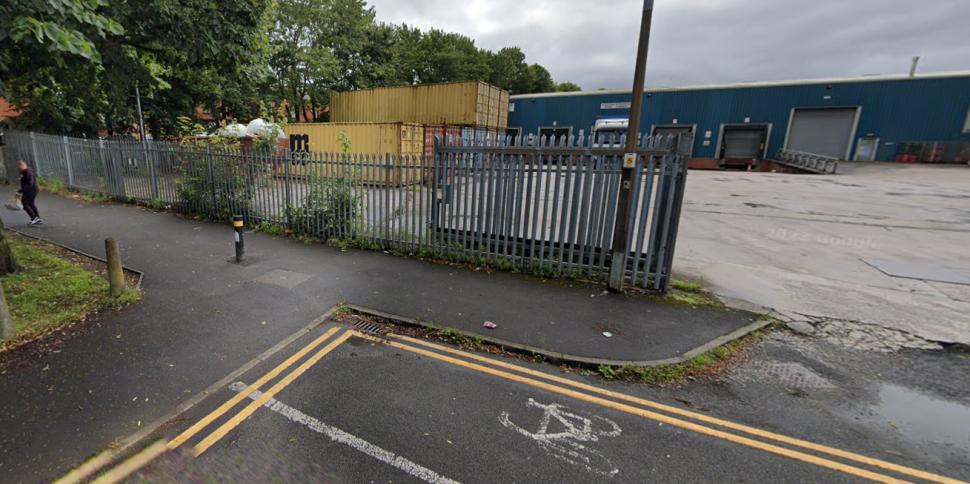


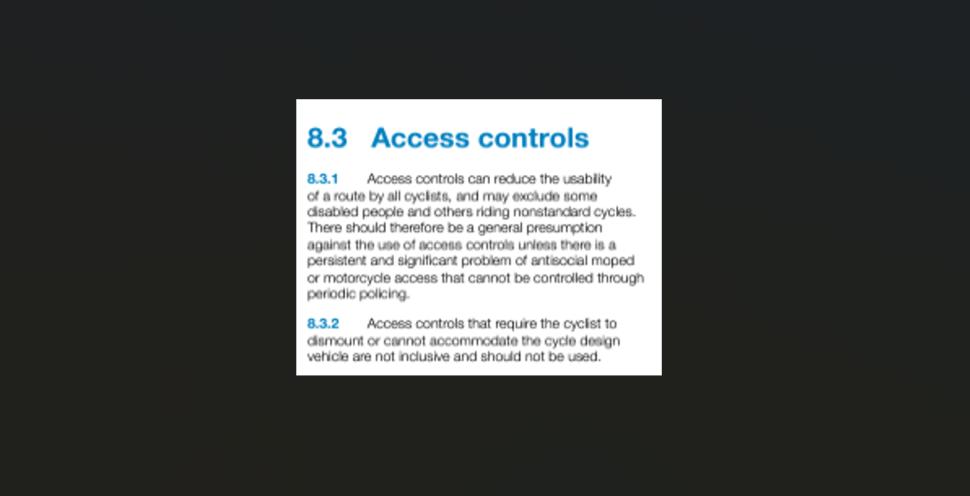
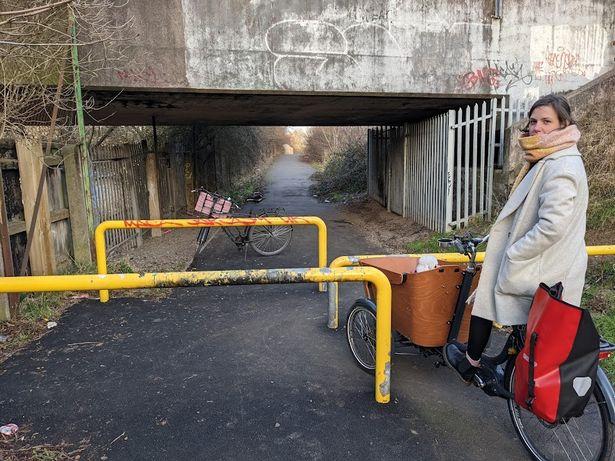
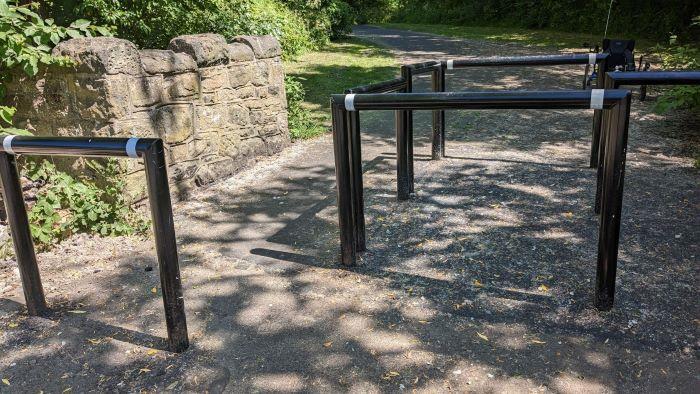
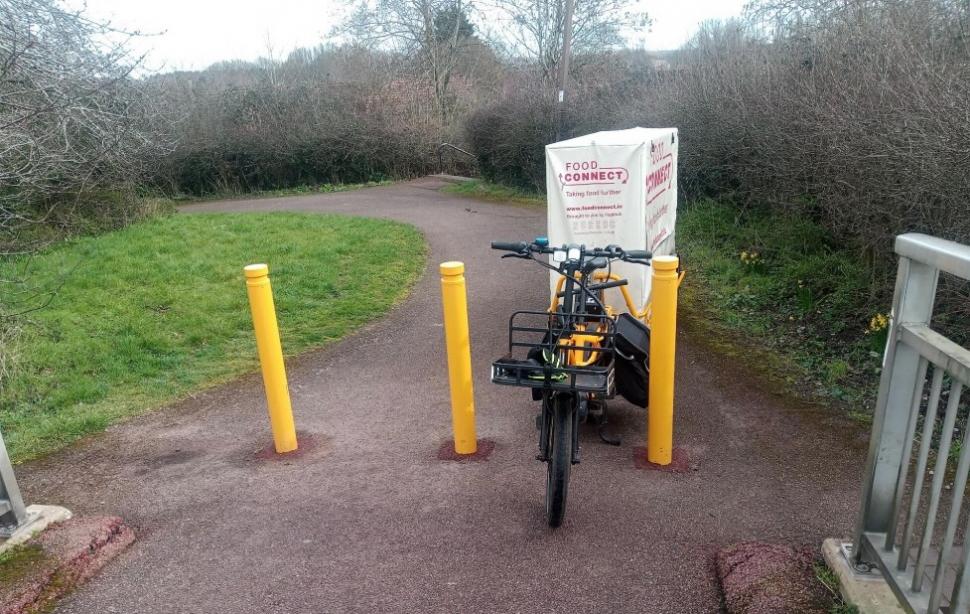
Add new comment
13 comments
Someone should have a proper look at the A barriers in place at the Ancholme Valley Way trail (similar to these https://www.cycling-embassy.org.uk/dictionary/access-barrier), I struggle passing through them, even when just running. And they are no stop whatsoever to the motocross lot, as they just go through the farm grass verge.
This is yet another example of an attempt to use a technological "solution" for a law enforcement issue. There's always edge cases that the designers/implementers don't anticipate and meanwhile, everyone is inconvenienced by the barriers. It snaps my cranks that people are putting time, effort and money into building hostile anti-infrastructure i.e. designs that try to prevent people doing what they want similar to the anti-homeless sleeping designs of benches and bus stops.
What's needed is to have law enforcement deal with law enforcement issues and in this case, I'd say that a handful of plucky drone operators could easily keep an eye on the path or better yet, revert back to having a physical police presence which is a lot more expensive, but also sends a deterrent message and increases people's perception of safety.
Bloody drones taking over the airspace, think the skies are made for them, flying right past
red lightsno fly zones...They're a menace to vulnerable sky users!
Ironically, the fact that the barriers are now surrounded by litter and broken glass suggests that people are using them as somewhere to sit and drink.
Don't worry: v2 will have spikes.
And this is why we can't ban drink-driving, because of the unintended consequences of displacing people who can't now (perfectly reasonably) sit and drink in their vehicles...
I've seen people on mobility scooters taking a long time to navigate those barriers too
Plenty of criminal use roads to evade the police - maybe we should install barriers across those, too...?
Unless the criminals escaping from the police were using some form of vehicle more than 1,5m wide, I don't really see the point of these barriers, because that's the only people they're going to stop.
"Installing the barriers is not an action taken lightly but there is still access for pedestrians and most cycles and it is expected that the barriers will only be a temporary measure."
It appears to be a decision taken very lightly, with no reference to guidance, no Equality Impact Assessment, and no consultation with local cyclists. Seems pretty permanent to me, and if it's only temporary, what is the permanent solution and when is it going to happen?
Its ridiculous a knee jerk local council responses to "something must be done"
Im still for and agasnt them
We get a lot of dick heads on mopeds using such pathways as a speedway, often two or tree at a time.
But they do get in the way for the rest of us
How will these barriers stop them?
Unfortunately, there's no design that will stop a moped, but won't stop a bakfiets. Even something weight sensitive, there's considerable overlap between the weight of a light moped and a loaded cargo bike with a heavy rider.